The “Baybayin: Ancient and Traditional Scripts of the Philippines” Exhibit, inaugurated in 2013, is the second permanent exhibit of the National Museum of Anthropology. It showcases Baybayin, the ancient and traditional native Filipino script of the Philippines prior to the arrival of the Spaniards. It is an abugida system wherein consonant-vowel combinations are used, and it is different from alibata (although most people think they are one and the same).
Check out “National Museum of Anthropology“
This pre-Spanish Philippine writing system, a member of the Brahmic scripts of India, was recorded, by Miguel López de Legazpi, as being in use in the 16th century and continued to be used during the Spanish colonization of the Philippines up until the late 19th century. Baybayin was largely used in Tagalog-speaking areas and the term baybay literally means “to spell” in Tagalog. However, it gained more prominence when it was used and spread by the friars to other areas and it was known in Visayan as badlit, as kur-itan/kurditan in Ilocano and as kulitan in Kapampangan. Hanunuo, Buhid and Tagbanwa are some of the writing systems that are based on baybayin.
One of the exhibit’s major displays is the majestic curtain written in Baybayin scripts and its Romanized translation, and the other one is the white table in which it teaches us on how to write Baybayin characters (Magsulat Tayo sa Ating Baybayin).
Also displayed here are archaeological artifacts such as the Laguna Copperplate Inscription (said to be one of the bases of baybayin), the Calatagan Pot, the Intramuros Pot Shard, the Monreal Stones and some books loaned by the UST, NHCP and National Library. Also displayed are some tools, musical instruments, ornaments and pots with Baybayin inscriptions from indigenous tribes of Mindoro and Palawan.
The Intramuros Pot Shard, one of 500 artifacts discovered 140 cms. below the brick floor of the San Ignacio Church ruins in Intramuros in 2008, is an archaeological piece most significant because it was the only artifact with ancient inscriptions recovered systematically. Associated with Ming dynasty ceramics dating back to 15th – 16th centuries A.D, the excavation was a joint project by the Intramuros Administration and the Cultural and Archaeology Divisions of the National Museum of the Philippines.
Its discovery, showing the native Filipinos’ earliest form of writing, is an important milestone in Philippine archaeology as there were only few artifacts with ancient inscription recovered in the past: the Laguna copper plate (900 AD), Butuan ivory seal (9th to 12th centuries), Butuan silver strip (14th to 15th centuries) and the Calatagan Pot (15th century). The inscription was later deciphered by Mrs. Esperanza B. Gatbonton, a Cultural Heritage Advocate, by comparing the scripts with Tagalog and Kapampangan and coming up with a tentative translation – pa-la-ki which can be interpreted as a-la-ke or alay kay.
The Monreal Stones (Filipino: Mga Batong Monreal), also referred to as the Ticao Stones, are two limestone tablets that contain Baybayin characters discovered by pupils of Rizal Elementary School in Monreal town on Ticao Island, Masbate, who had scraped the mud off their shoes and slippers on an irregular-shaped limestone tablet before entering their classroom.
The larger, triangular stone, weighing 30 kgs., is 11 cms. thick, 54 cms. long and 44 cms. wide. The smaller, oval-shaped stone is 6 cms. thick, 20 cms. long and 18 cm. wides. On December 13, 2013, the National Museum of the Philippines held a Baybayin conference to present the Monreal Stones to the public. Due to the usage of the Baybayin vowel deleter introduced in 1621 by the Spanish friars, initial examination has revealed that the inscriptions could not have been made earlier than the 17th century.
The Laguna copperplate inscription (Tagalog: Kasulatang tansong natagpuan sa Laguna), the earliest known calendar-dated document used within the Philippine Islands, is an official document, more precisely an acquittance, inscribed in the Shaka year 822, a date, from the month of Waisaka, and the fourth day of the waning moon, from the old Hindu calendar, which corresponds to to Monday, April 21, 900 in the Julian calendar.
It was found in 1989, near the mouth of the Lumbang River, near Laguna de Bay in Wawa, Lumban, Laguna, by a laborer dredging sand to turn into concrete. Suspecting that the artifact might have some value, the man sold it to an antique dealer who, having found no buyers, eventually sold it to the National Museum of the Philippines, where it was assigned to Alfredo E. Evangelista, head of its anthropology department.
Referred to as the Laguna Copper Plate by the National Museum, it is a document demonstrative of pre-Hispanic literacy and culture and is considered to be a National Treasure. The inscription on the plate was written in Old Malay using the ancient Indonesian script of Kawi, with numerous loanwords from Sanskrit and a few non-Malay vocabulary elements whose origin may be Old Javanese . After it was found, the text was first translated by Antoon Postma, a Dutch anthropologist and Hanunó’o script researcher in 1991. The inscription documents the existence and names of several surrounding states such as the Tagalog city-state of Tondo.
Made out of copper, the inscription, measuring about 20 by 30 cms. (7.9 in × 11.8 in), with the words directly embossed onto the plate differs, in manufacture, from Javanese scrolls of the period, which had the words inscribed onto a heated, softened metal scroll.
The Calatagan Pot was, during the pre-Hispanic era, a ritual earthenware pot with thirty-nine syllabic inscriptions incised around its shoulder, representing one of the oldest surviving writing systems in the country. This artifact, with a restricted mouth, an everted rim, and an indentation at the center base, measures 12 cms. in height, 20.2 cms. in width, with a rim diameter of 14.8 cms., and weighing 872 grams. The pot was given a relative age range of 14th to 15th century CE based on alleged associated artifacts.
The artifact was found in Talisay, Calatagan, Batangas by farmer Feliciano Bugtong who sold it to the Research Foundation in Philippine Anthropology and Archaeology, Inc. In May 1961, ithe foundation donated the pot to the National Museum of the Philippines. In 2010, the Calatagan Ritual Pot was declared a National Cultural Treasure.
The pot was particularly used as native incense burner for the pag-ulî (return) ceremony rite to retrieve the soul of moribund victims of bugkut, disappeared persons believed to have been abducted by dwellers of the spirit world. The inscription essentially provides the outline of a three-stage monologue, presumably elaborated by a babaylan (a native shaman and usually female) in a trance during the pag-ulî ritual.
The Doctrina Christiana (English: Christian Doctrine), an early book on the Catholic Catechism, written in 1593 by Fray Juan de Plasencia, is believed to be one of the earliest printed books in the Philippines. The title, literally meaning “The Teachings of Christianity” is, thus, the primary goal of the book was to propagate Christian teaching across the Philippine archipelago.
The book, printed using the xylographic technique (printing each page of text from one hand carved woodblock) on paper made from mulberry, consists of 38 leaves and 74 pages of text in Spanish, Tagalog transliterated into roman letters, and Tagalog in its original Tagalog Baybayin (Sulat Tagalog) script, under a woodcut of Saint Dominic, with the verso originally blank although, in contemporary versions, bears the manuscript inscription “Tassada en dos reales,” signed Juan de Cuellar. The size of the volume, which is unbound, is 9⅛ by 7 inches, although individual leaves vary somewhat due to chipping.
After a syllabary comes the basic prayers (the Lord’s Prayer, Hail Mary, Credo, and the Salve Regina) followed by Articles of Faith, the Ten Commandments, Commandments of the Holy Church, Sacraments of the Holy Church, Seven Mortal Sins, Fourteen Works of Charity, the Confiteor and a brief Catechism.
Also on display are musical instruments, containers and weapons inscribed with chants and messages. These bamboo strips were used to relay messages among members of Hanunuo and Buhid. Messages include invitation to wedding and special occasions and letters of request and notification, which were carried by anyone passing by or going to the destination of the message.
The members of Hanunuo, men and women, had an average of 4 bamboo lime containers. They were responsible for making, carving and designing their own container. Male young adults used to give bamboo lime containers to the females they admired and wished to be in a relationship with.
“Baybayin: Ancient and Traditional Scripts of the Philippines” Exhibit: 4/F, National Museum of Anthropology, Agrifina Circle (or Teodoro Valencia Circle, adjacent to the National Museum of Fine Arts building),Padre Burgos Drive, Rizal Park, Ermita, Manila. Tel: (02) 8528-4912 and (02) 8527-0278. E-mail: nationalmuseumph@gmail.com. Open Tuesdays to Sundays, 10 AM – 5 PM. Admission is free.

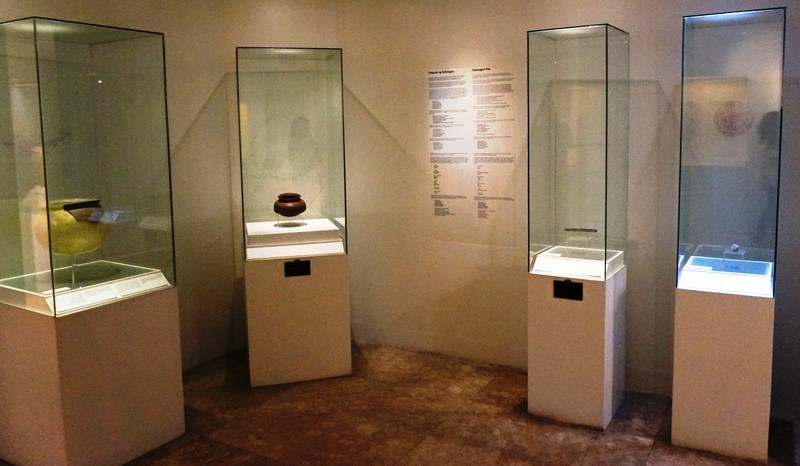
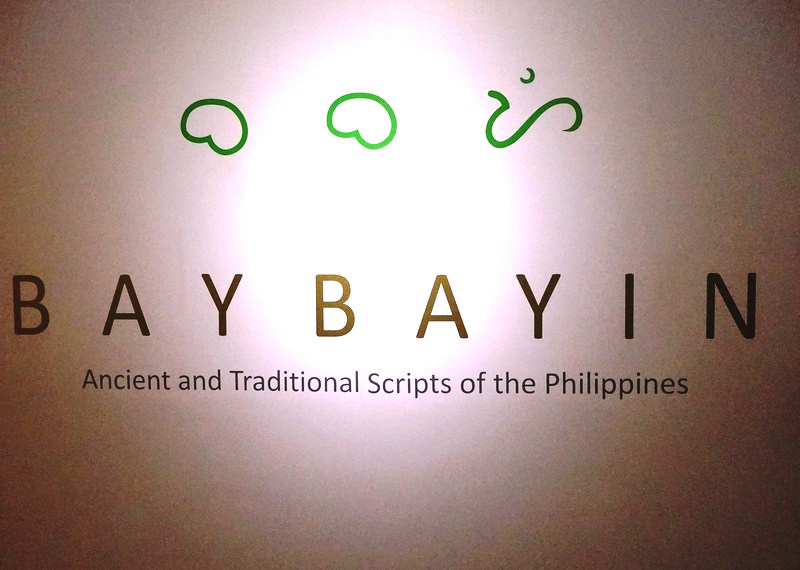
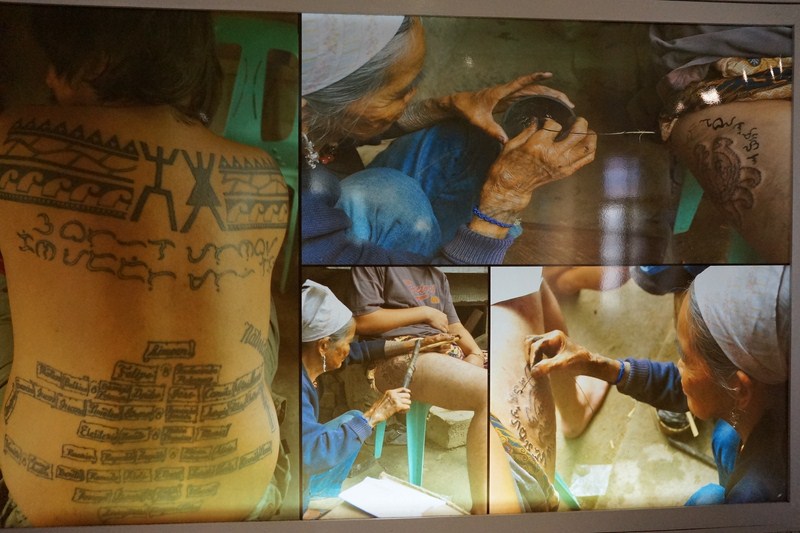
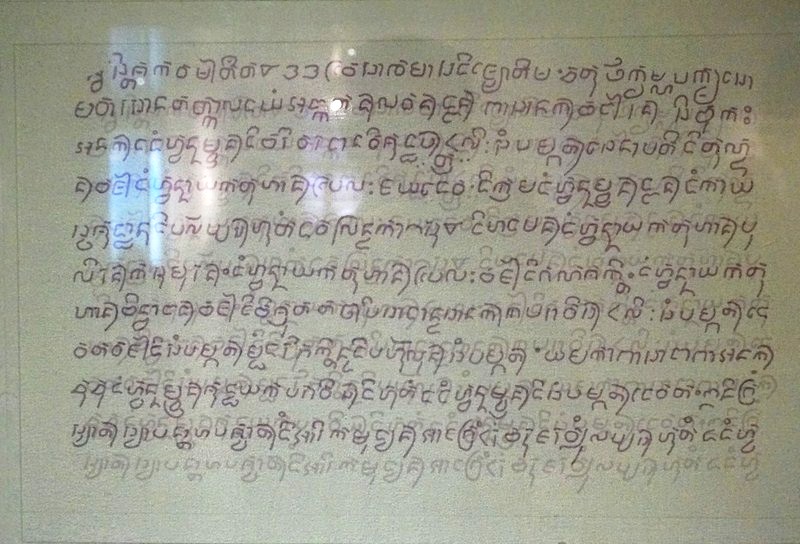
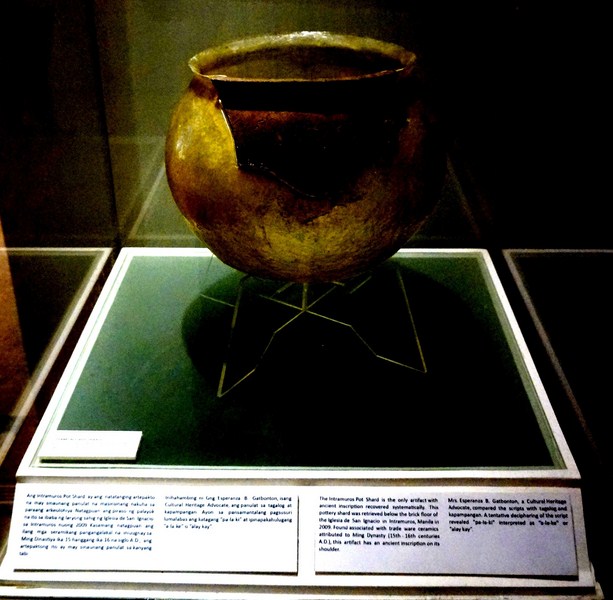
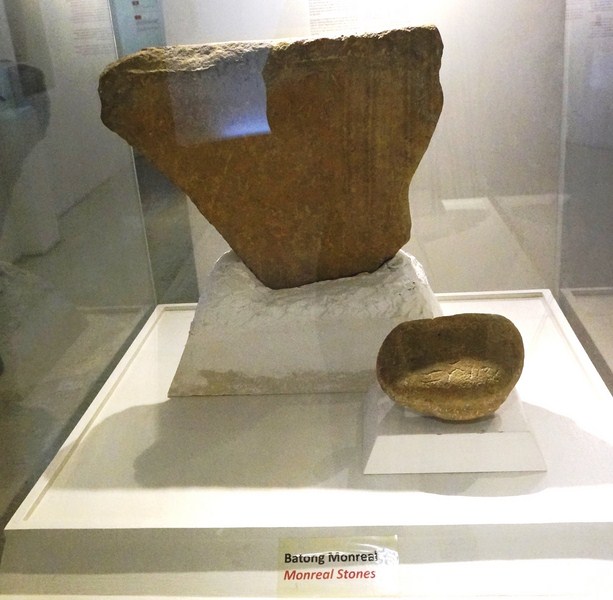
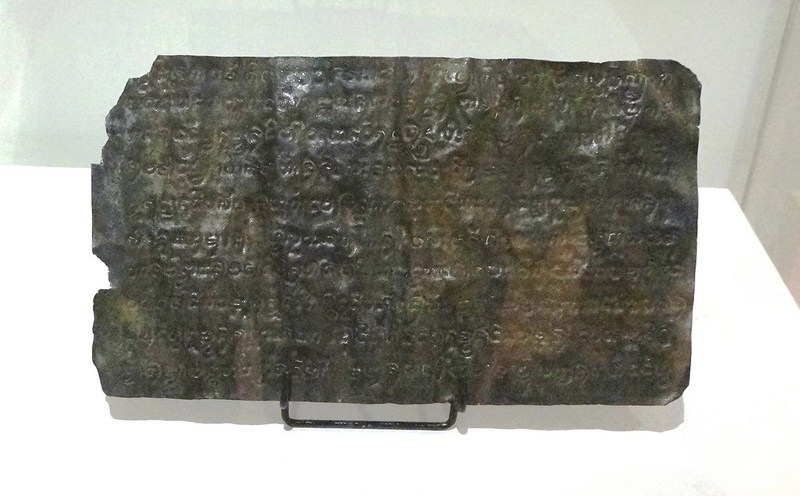
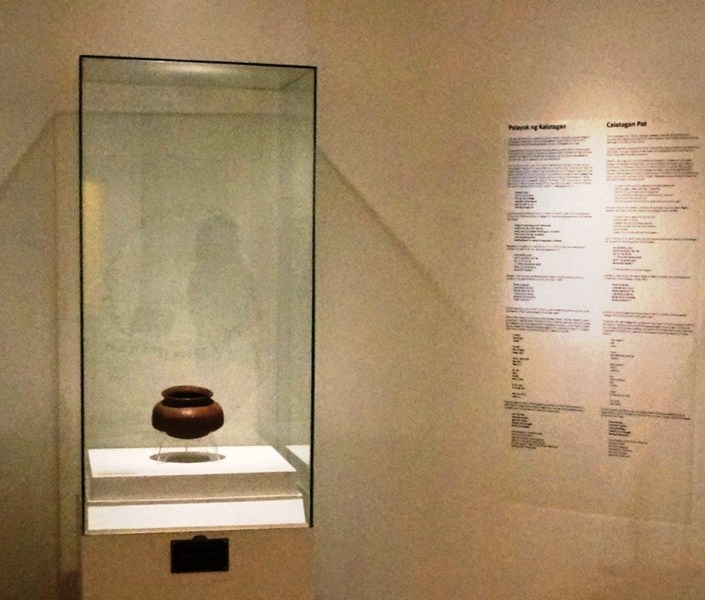
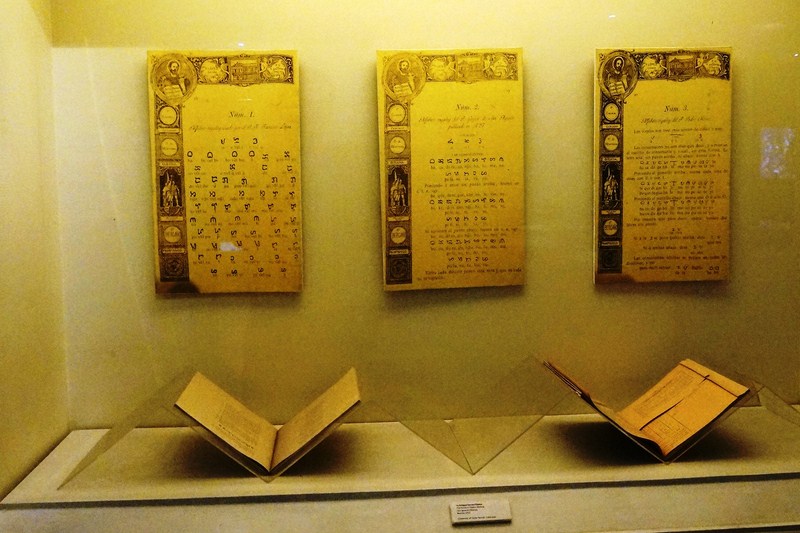
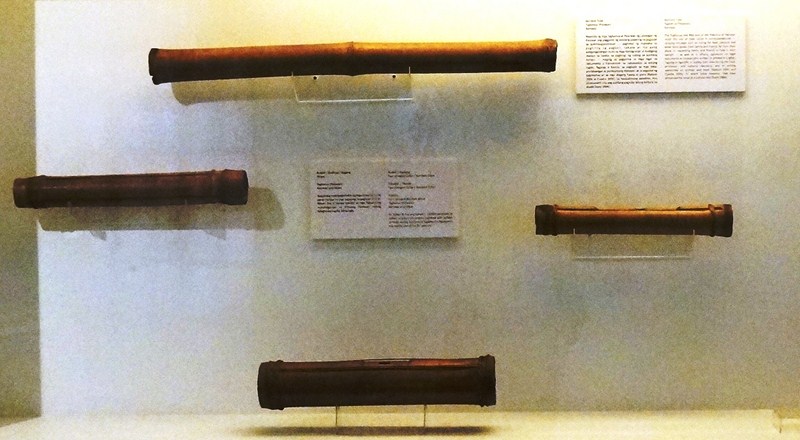
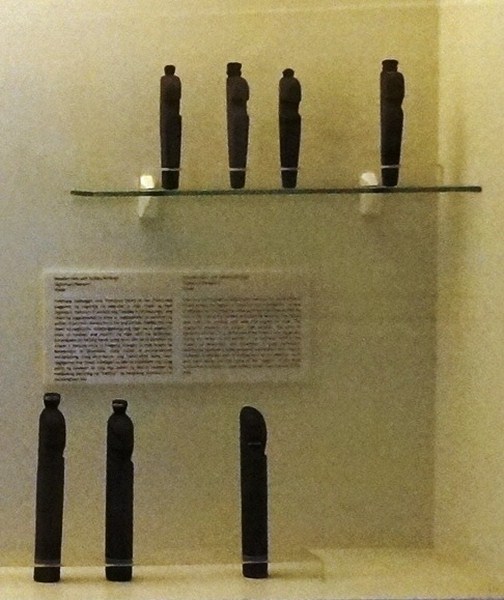
Pingback: URL